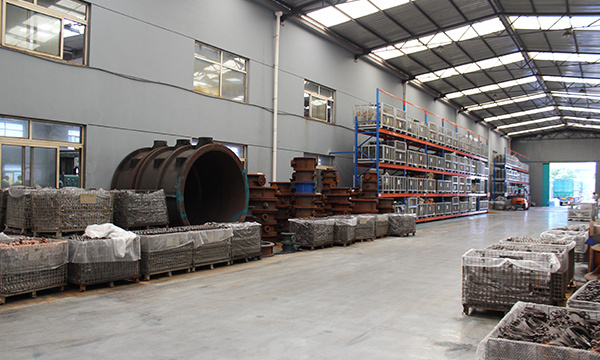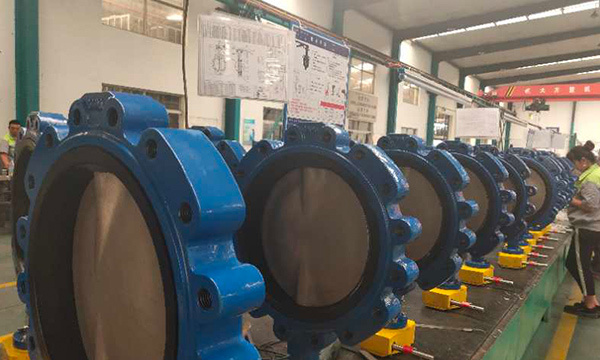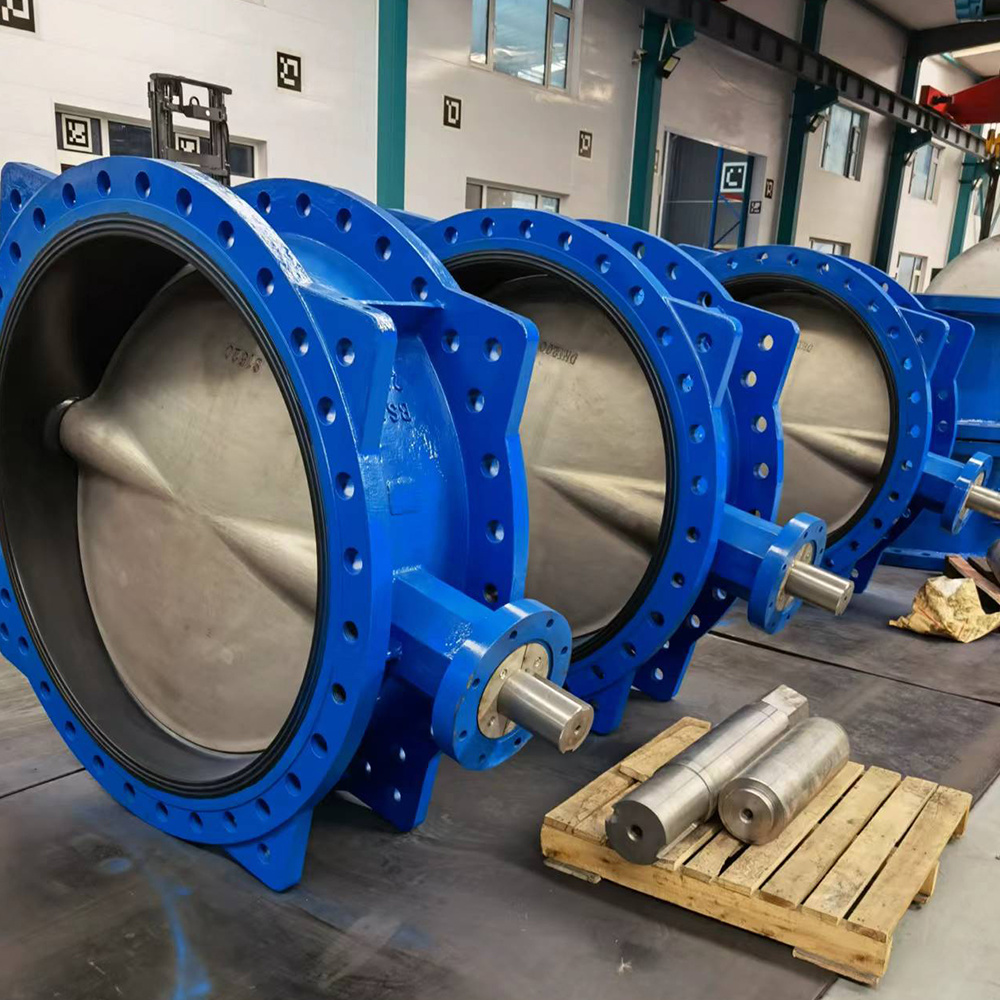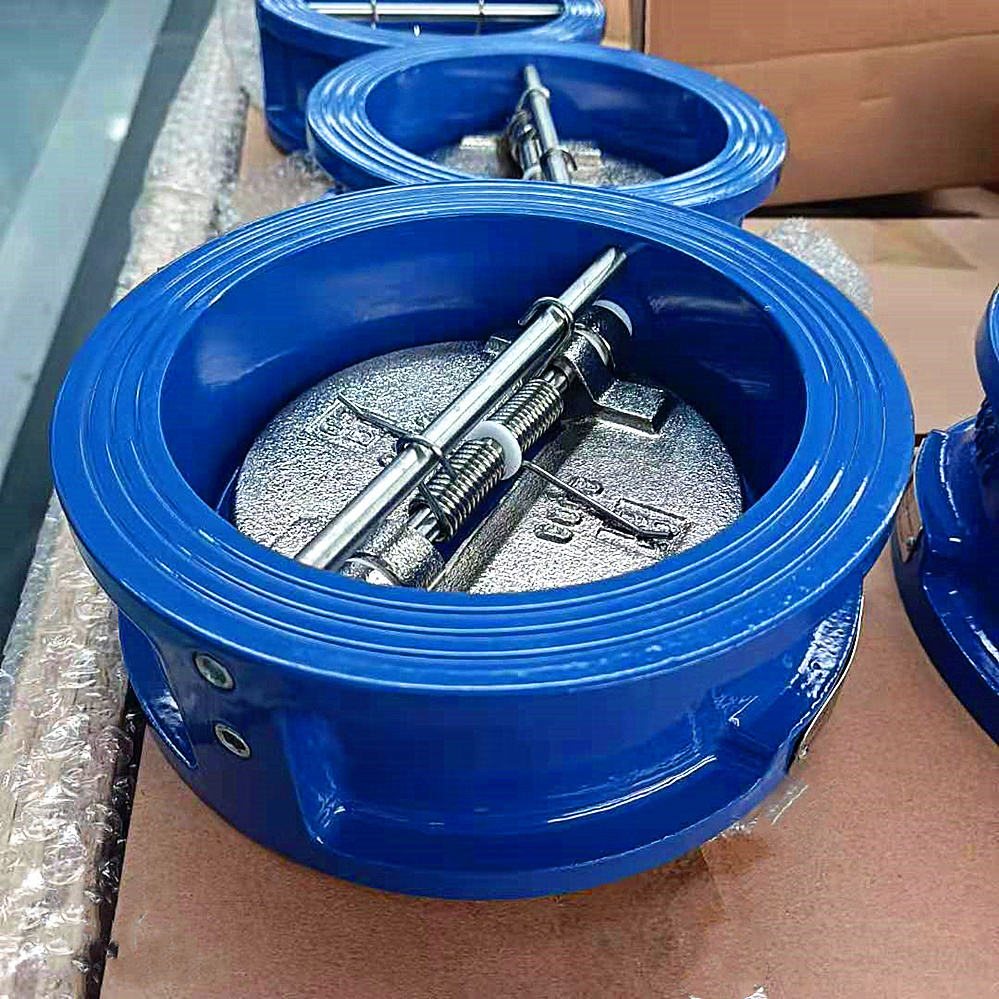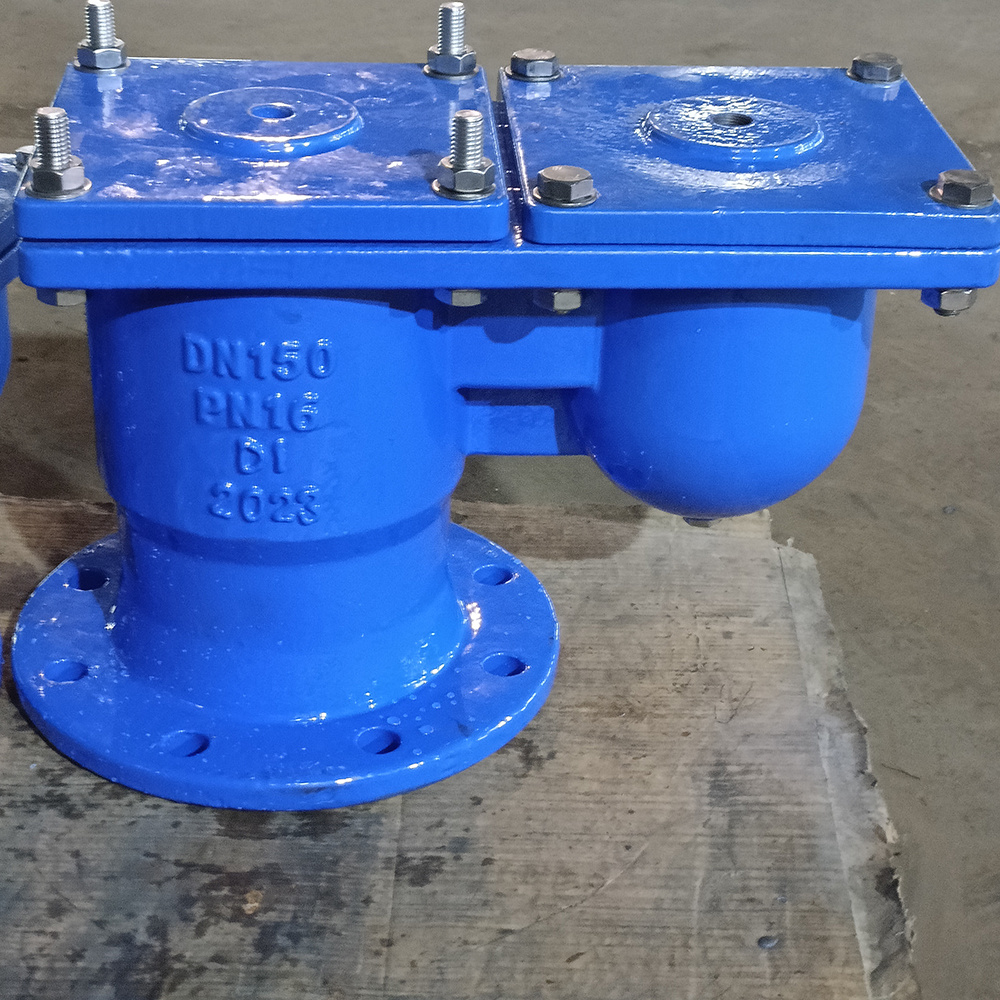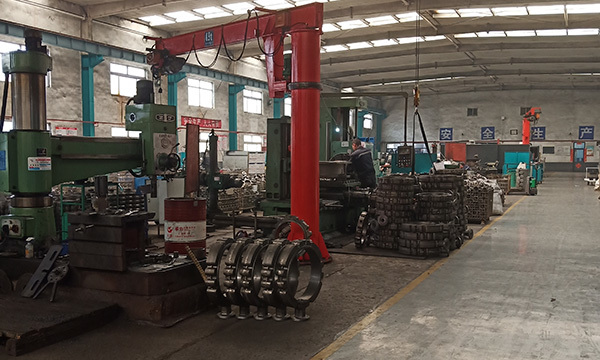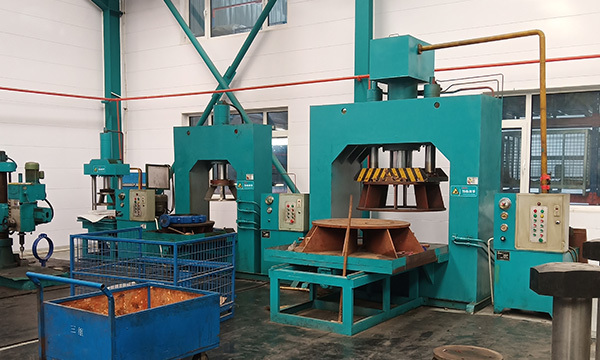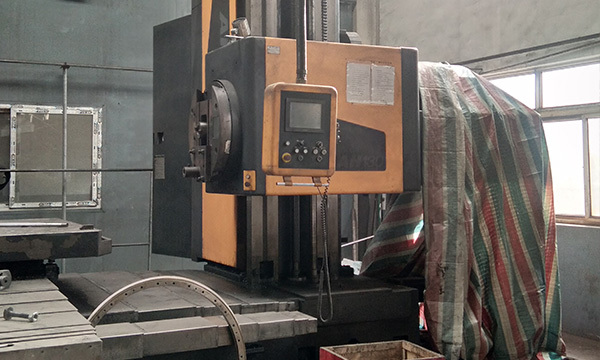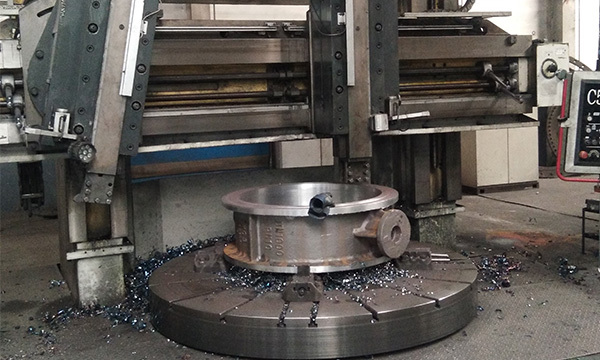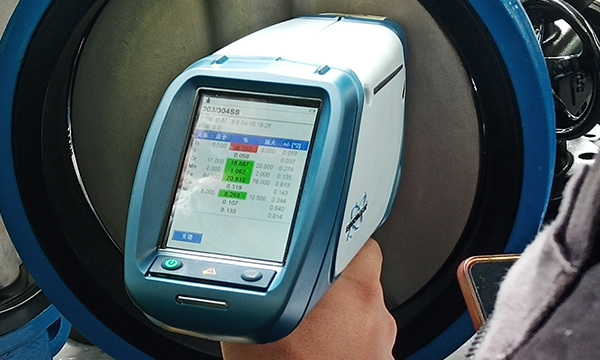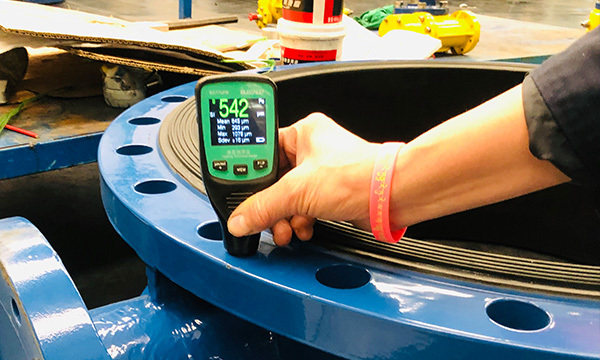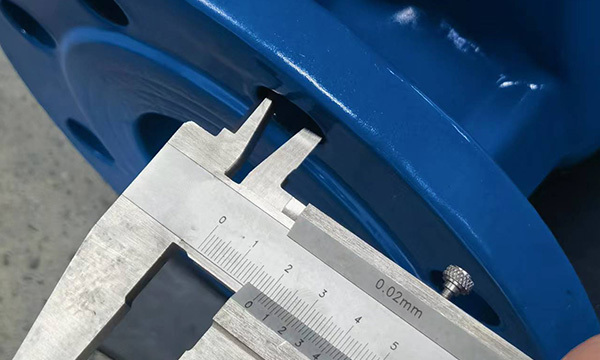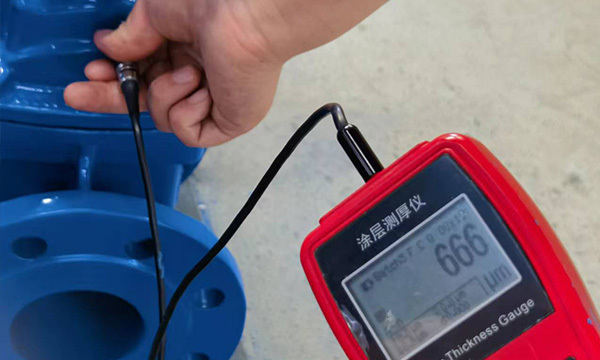Enhancing Operational Safety with Rubber Seated Butterfly Valves: A Comprehensive Guide
2025-06-20
Enhancing Operational Safety with Rubber Seated Butterfly Valves
Introduction to Rubber Seated Butterfly Valves
In the realm of industrial applications, operational safety is paramount. Rubber seated butterfly valves serve as essential components, ensuring that systems function smoothly while minimizing risks. These valves are designed to regulate flow and pressure in pipelines, making them crucial in various sectors, from chemicals to water treatment. This article delves into how rubber seated butterfly valves enhance safety and efficiency.
The Anatomy of Rubber Seated Butterfly Valves
Understanding the structure of rubber seated butterfly valves is essential for appreciating their functionality. These valves consist of several key components:
1. Valve Body
The valve body houses the internal components and controls the flow of liquids or gases. It is typically made from durable materials like stainless steel or ductile iron, ensuring longevity and resistance to corrosion.
2. Disc
The disc is the primary mechanism that opens or closes the valve. In rubber seated butterfly valves, the disc is often coated with a rubber material that provides a tight seal, preventing leaks and enhancing operational safety.
3. Rubber Seat
The rubber seat plays a vital role in the sealing process. It is designed to withstand high pressures and temperatures while maintaining flexibility, ensuring that the valve can open and close smoothly without compromising the integrity of the seal.
4. Actuator
The actuator is responsible for moving the disc into the open or closed position. Depending on the application, actuators can be manual, pneumatic, or electric, providing versatility in operation.
Benefits of Rubber Seated Butterfly Valves
Rubber seated butterfly valves offer numerous advantages that contribute to enhanced operational safety:
1. Leak Prevention
One of the most significant benefits is their leak prevention capabilities. The rubber seat forms a tight seal that minimizes the risk of leaks, reducing the potential for hazardous spills and environmental contamination.
2. Easy Operation
These valves are user-friendly, often requiring minimal force to operate. This ease of use not only enhances efficiency but also reduces the likelihood of operator error, contributing to a safer working environment.
3. Versatility in Applications
Rubber seated butterfly valves are suitable for a wide range of fluids, including water, chemicals, and slurries. Their versatility makes them ideal for various industries, from pharmaceuticals to food processing.
4. Cost-Effectiveness
Compared to other valve types, rubber seated butterfly valves are often more cost-effective. Their simple design and ease of maintenance contribute to lower overall operating costs, making them an attractive choice for businesses.
Industry Applications of Rubber Seated Butterfly Valves
Rubber seated butterfly valves find applications across numerous industries, enhancing safety and efficiency.
1. Water Treatment
In water treatment facilities, these valves regulate the flow of water, ensuring proper treatment processes and preventing contamination.
2. Chemical Processing
In chemical plants, rubber seated butterfly valves control the flow of corrosive substances, providing a reliable and safe solution for managing hazardous materials.
3. Food and Beverage Industry
In the food industry, these valves ensure the safe transport of liquids, maintaining hygiene and preventing contamination throughout the production process.
4. HVAC Systems
In heating, ventilation, and air conditioning (HVAC) systems, rubber seated butterfly valves help regulate airflow, contributing to energy efficiency and safe operation.
Best Practices for Maintenance of Rubber Seated Butterfly Valves
Proper maintenance is crucial for ensuring the longevity and safety of rubber seated butterfly valves. Here are some best practices:
1. Regular Inspection
Perform regular inspections to check for wear and tear on the rubber seat and other components. Early detection of issues can prevent costly repairs and ensure safe operation.
2. Clean the Valves
Keep the valves clean to prevent buildup that could affect performance. Use suitable cleaning agents that won’t damage the rubber seat.
3. Lubrication
Ensure that moving parts are adequately lubricated to prevent friction and wear. This practice extends the life of the valve and enhances its operational safety.
4. Replace Damaged Components Promptly
If any part of the valve is damaged, replace it promptly to avoid leaks or failures. Keeping spare parts on hand can facilitate quick repairs.
Common Challenges and Solutions in Using Rubber Seated Butterfly Valves
While rubber seated butterfly valves are reliable, users may encounter some challenges. Here are common issues and practical solutions:
1. Seal Degradation
Over time, rubber seats can degrade due to exposure to harsh chemicals or extreme temperatures. To address this issue, always select rubber materials that suit the specific application.
2. Operating Torque Issues
If the valve is difficult to operate, it may indicate issues with the actuator or internal components. Regular maintenance and inspection can help identify and resolve these problems.
3. Flow Resistance
High flow resistance can occur if the valve is improperly sized. Conduct a thorough analysis of flow requirements before installation to ensure an optimal fit.
Innovations in Rubber Seated Butterfly Valve Technology
The field of valve manufacturing continues to evolve, with several innovations enhancing the safety and efficiency of rubber seated butterfly valves:
1. Advanced Materials
New rubber compounds are being developed that offer superior heat and chemical resistance, resulting in longer-lasting seals.
2. Smart Valve Technology
Integration of smart technologies allows for real-time monitoring of valve performance, enhancing predictive maintenance capabilities and operational safety.
3. Enhanced Actuation Systems
Advancements in actuator technology, such as electric and pneumatic actuators with better control mechanisms, provide greater precision and efficiency in valve operation.
Conclusion
Rubber seated butterfly valves are integral to enhancing operational safety across a wide array of industrial applications. Their reliable performance, ease of use, and cost-effectiveness make them an invaluable choice for businesses striving to maintain safety and efficiency. By understanding their structure, benefits, and best practices for maintenance, industries can ensure the optimal performance of these critical components. Embracing innovations in technology can further bolster the effectiveness of rubber seated butterfly valves, leading to safer operational environments.
Frequently Asked Questions
1. What are the primary advantages of rubber seated butterfly valves?
Rubber seated butterfly valves offer benefits such as leak prevention, ease of operation, versatility in applications, and cost-effectiveness.
2. How do I maintain rubber seated butterfly valves?
Regular inspections, cleaning, lubrication, and prompt replacement of damaged components are essential for maintenance.
3. What industries commonly use rubber seated butterfly valves?
These valves are widely used in water treatment, chemical processing, food and beverage, and HVAC systems.
4. Why is seal degradation a concern for rubber seated butterfly valves?
Seal degradation can lead to leaks and reduced valve performance, making it crucial to choose the right rubber materials for specific applications.
5. How can technology improve the effectiveness of rubber seated butterfly valves?
Innovations such as advanced materials, smart valve technology, and enhanced actuation systems can significantly improve the performance and safety of these valves.
rubber seated butterfly valve


